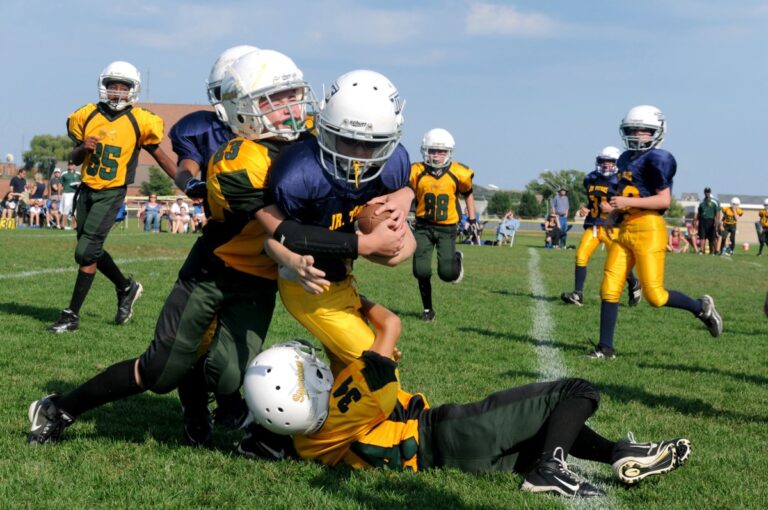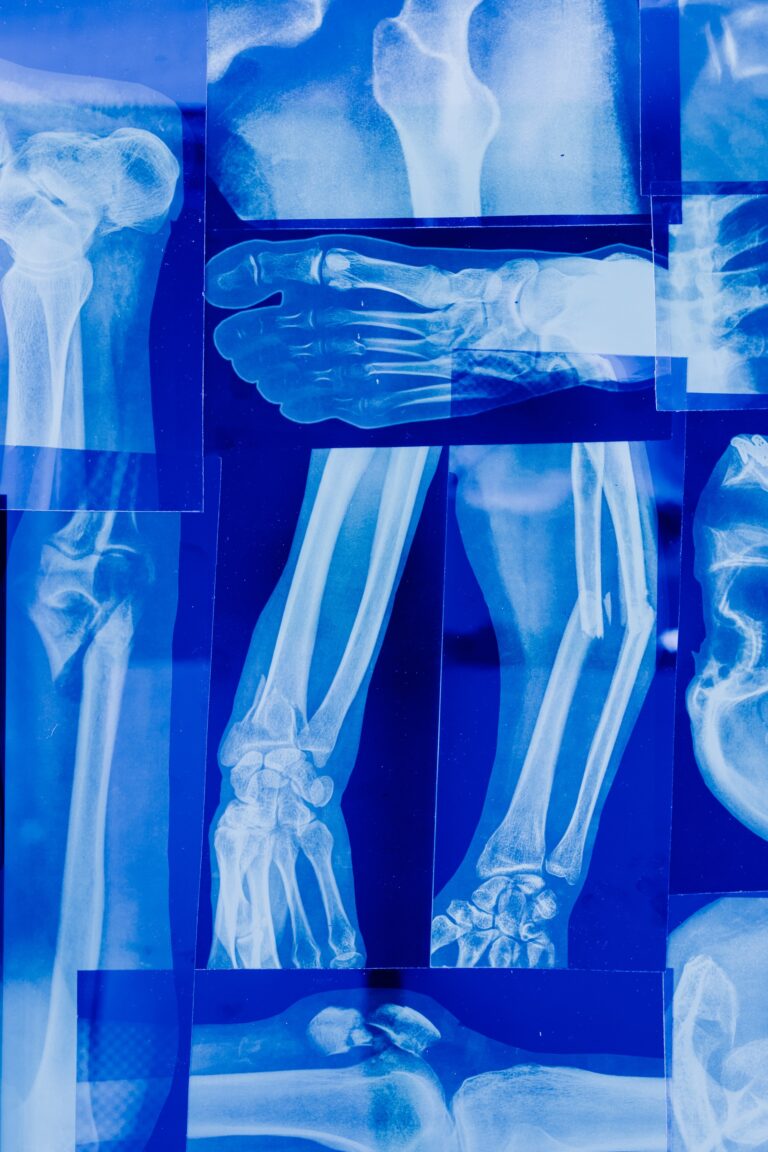Research highlight – The Patellar Apprehension Test: how good a test is it for assessing stabilization surgery?
Patellar instability – an unstable or dislocating kneecap – is a debilitating condition that frequently occurs in young, active people, that significantly affects their quality of life.
It occurs when the patella (kneecap) dislocates from its original position.
One of the physical examination tests that are used to help diagnose patellar instability is the “Apprehension test”.
The Apprehension test is literally seeing if the patient shows any apprehension i.e. anxiety and/or resistance, when the person examining them pushes their kneecap to the outside, in the direction it dislocates.
If a patient shows apprehension, this is considered a positive test result!
While the Apprehension test was originally developed to diagnose patellar instability, it has also been increasingly used as a test following patella stabilization surgery as a way to assess how successful surgery has been. The assumption is, that if a patient’s surgery was successful, they will not have a positive Apprehension Test result because their unstable kneecap should now be stable!
This black and white use of the test as a measure of surgical success does not account for the complex nature of symptoms a patient may have, nor does it account for how much apprehension is felt by a patient.
In a recent research study, our Research Team in collaboration with Dr Mark Lafave from Mount Royal University, wanted to know if the Apprehension Test is a reliable test for clinicians to use to assess the success of patella stabilization surgery.
Our Research Team also wanted to know how a patient rated their apprehension compared to the clinician, and to see if a patient’s level of apprehension was related to their anatomy or their quality of life.
Dr Laurie Hiemstra explains below….
Research Citation
Hiemstra LA, Kerslake S, Lafave MR. Patellar Apprehension Is Reduced in Most but Not All Patients After Successful Patellar Stabilization. The American Journal of Sports Medicine. 2021;49(4):975-981. doi:10.1177/0363546520988731







